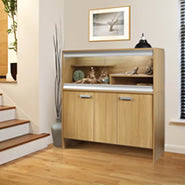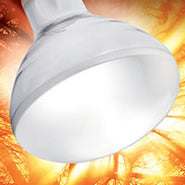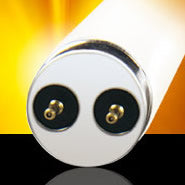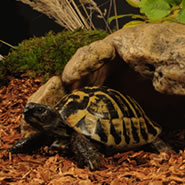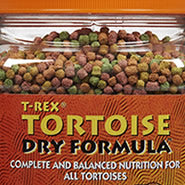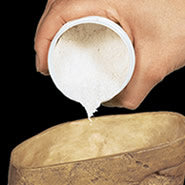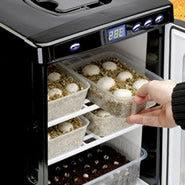Free Delivery
On order over £99*
FREE £10 Gift Card When You Spend £100! - Ends Sunday
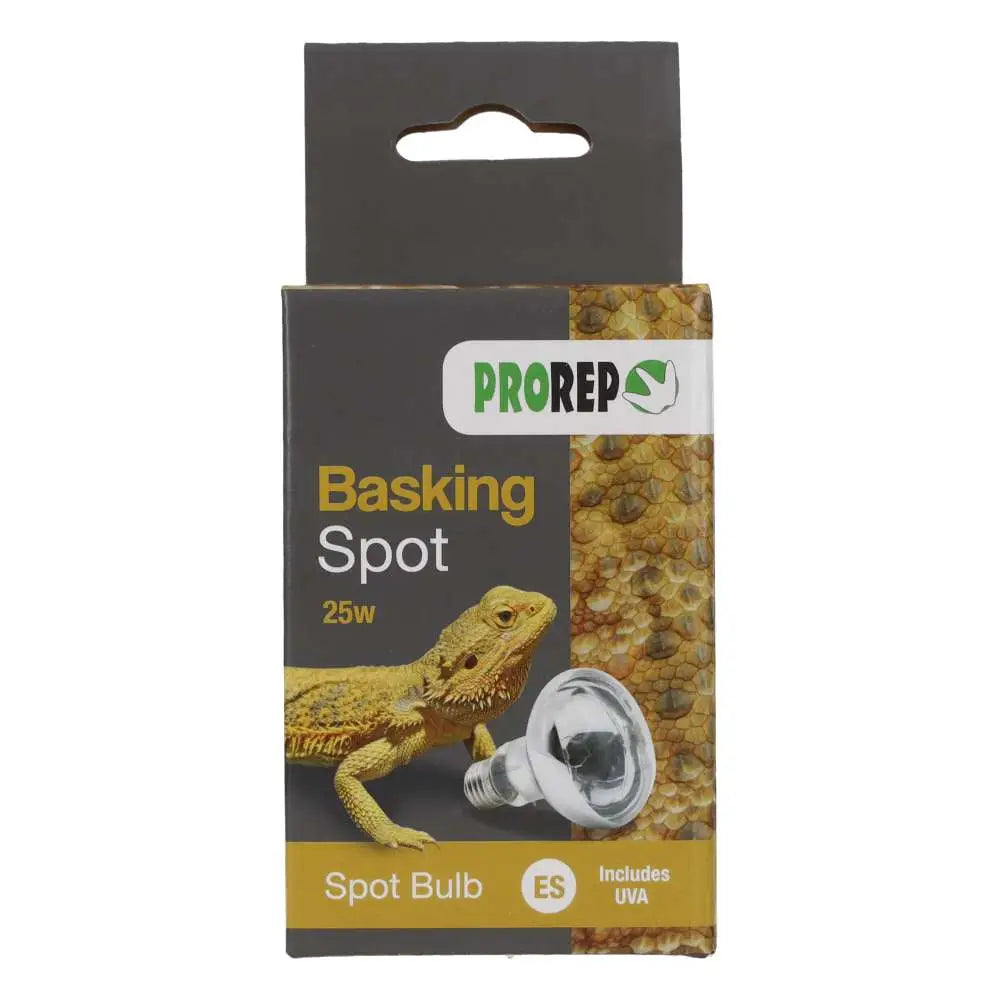
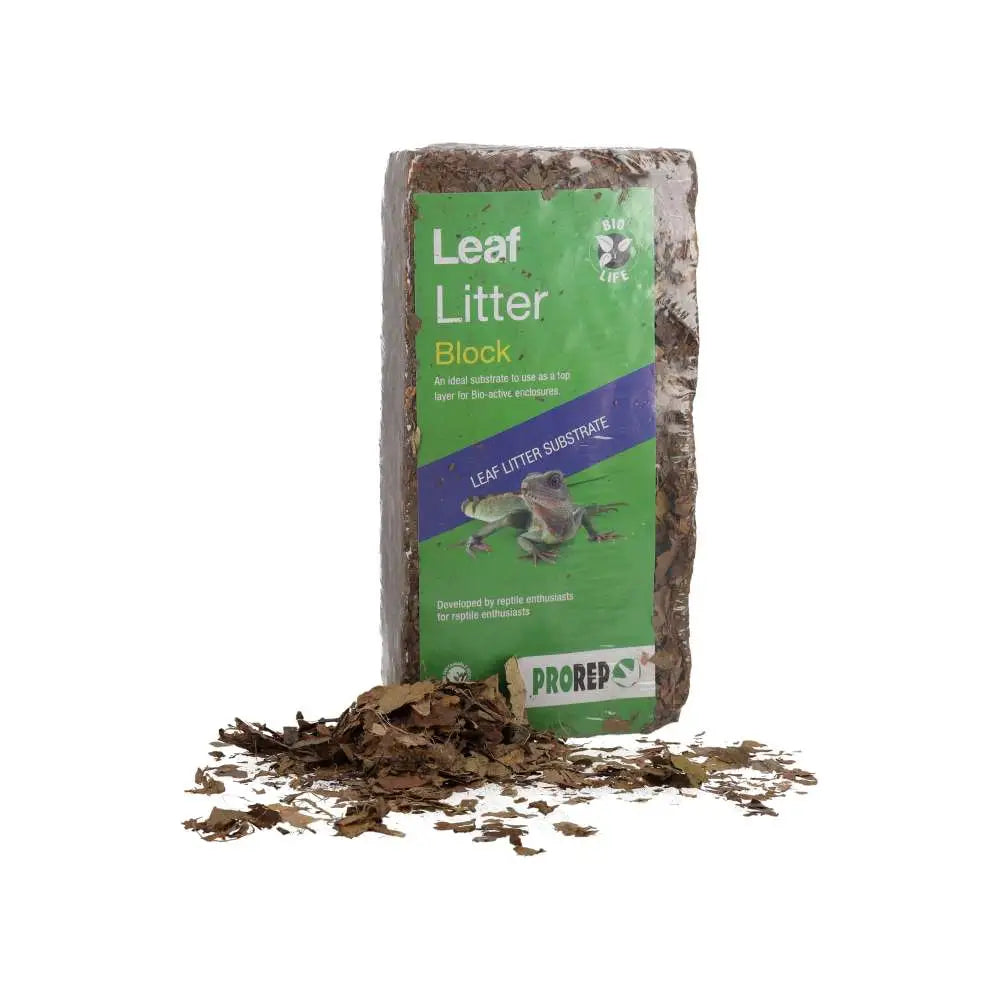

Housing: A sealed wooden vivarium

Heating: Basking temperature of 90oF

UVB Lighting: Desert strength 10%-12% UVB fluorescent tube during the day

Diet: A mix of vegetables, turtle food, meat and insects

Decoration: Bark or soil based substrates to maintain humidity.

A common box turtle requires a wooden vivarium as their enclosure. This is because wood is an excellent insulator of heat and so a wooden vivarium will make it easier to control the crucial temperatures required inside the habitat. The wooden vivarium should have good ventilation to allow good air flow in and out of the enclosure and should be sealed to protect against damp and humidity.
The vivarium should be at least 860mm (34") in length for a juvenile and 1150mm (46") for an adult. The enclosure needs to be hot at one end, but have enough distance for the temperature to drop at the cool end.
During the day, box turtles require a hot basking area. This is achieved by using a clear spot bulb at one end of the vivarium (or over a table). To accomplish the required basking temperature of 90oF we use a basking bulb (100w in a 46" vivarium). Basking bulbs should be on for 10- 12 hours per day and must be controlled by a dimming thermostat.
At night box turtles require a drop in temperature and darkness. They can drop to room temperature, so all heating and lighting equipment should be turned off. Temperatures should be monitored daily using a thermometer.
Box turtles need quite a bit of UVB to be healthy. Their enclosure's UVB should reflect that. A fluorescent UVB tube should be used inside the vivarium with a reflector so no UVB is wasted. The tube should be at least 10-12% UVB for desert species. There are 2 different types of fluorescent tube, T8 and T5. T5 tubes are the new technology and produce more light and UVB than T8 tubes. T5 UVB also travels much further from the tube.
Tortoises require UVB in order to synthesise vitamin D3 inside their skin. The vitamin D3 helps the tortoise to absorb calcium which crucial for bone structure and growth. This is why reptiles can suffer from metabolic bone disease (MBD) when not provided with adequate UVB.
Common box turtles should always be kept on a substrate that can be moistened to maintain some humidity within the enclosure. We advise keeping common box turtles either on either ProRep's coarse bark chips or ProRep's Tortoise Life substrate.
Box turtles do not climb, but they do like to dig and burrow. So choose various pieces of natural wood or decoration to enable them to do this. Younger turtles may appreciate a cave that they can take refuge in. The turtles enclosure can be decorated with artificial plants for a more natural look. Trailing plants are very good at disguising electrical wires and equipment.
The most important addition to the tank will be a large shallow pool with both a ramp in and out. The turtles will need to be able to spend a good amount of time in the pool and be able to get out again easily.
A box turtles diet consists of vegetation, turtle food, live feeder insects and meat. For the livefood portion we would advise crickets or locust dropped into the pool as they are very nutritious and easy to digest. For the meat portion of the diet snails and worms are a very popular addition.
For the vegetation portion of the diets good foods include dandelion, clover, honeysuckle, leafy salads, watercress, curly kale, brussel tops, spring greens, coriander, parsley, rocket, carrot, parsnip, courgette and bell peppers. The bulk of the vegetation should be leafy greens.
Supplements can be dusted on to the salad but we would feed the turtle food, meat and livefood without dusting as you don't want to dirty the water in the turtles pool.
To provide turtles with optimal nutrition and to keep them in the best of health, they will require diet supplementation in the form of calcium, vitamins and minerals. These are most commonly available as powders
Calcium should be provided daily and dusted directly onto the turtle's salad. Vitamins may be added daily for young turtles, but adults will only require them every other day.
If you keep a male and female together, they may breed. You do not need to do anything to encourage this, providing they are healthy and the conditions are good, it will usually happen naturally. You need to consider whether you want this to happen. What will you do with the babies if you incubate the eggs?
A gravid female should have access to a nesting box to lay her eggs. The box should be large enough that she can fully turn-around inside it. We use a soil mix in there that is wet enough to clump but no more. We have found that Spider Life substrate is ideal.
The eggs should be incubated in an incubator at 84oF. We incubate our eggs in open boxes on a dry substrate (such as sand) with water in the incubator to provide humidiy around the eggs. After approximately 60 days the eggs will start to hatch, the first babies to emerge will encourage the rest of the eggs to hatch.
Sign up to the Reptile Centre newsletter so you don't miss out on all the latest offers and guides to give your pet the best they deserve


